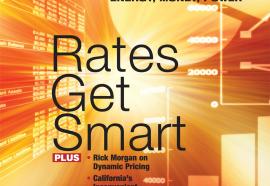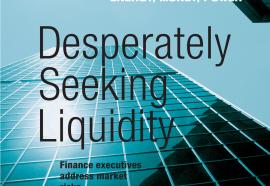Stabilizing California's Demand
The real reasons behind the state’s energy savings.
In 2006, the California legislature and governor positioned energy conservation and efficiency as the cornerstone of the state’s Global Warming Solutions Act. The Act mandates a 2020 statewide limit on greenhouse gas (GHG) emissions to 1990 levels. Compliance will be nothing short of Herculean: California will have to reduce per capita energy usage in a manner that accommodates continued brisk population growth and protects the state’s economy from economic dislocations and recessionary pressures.











